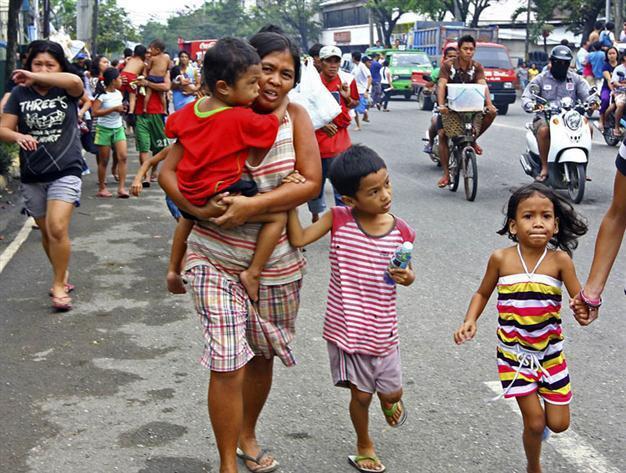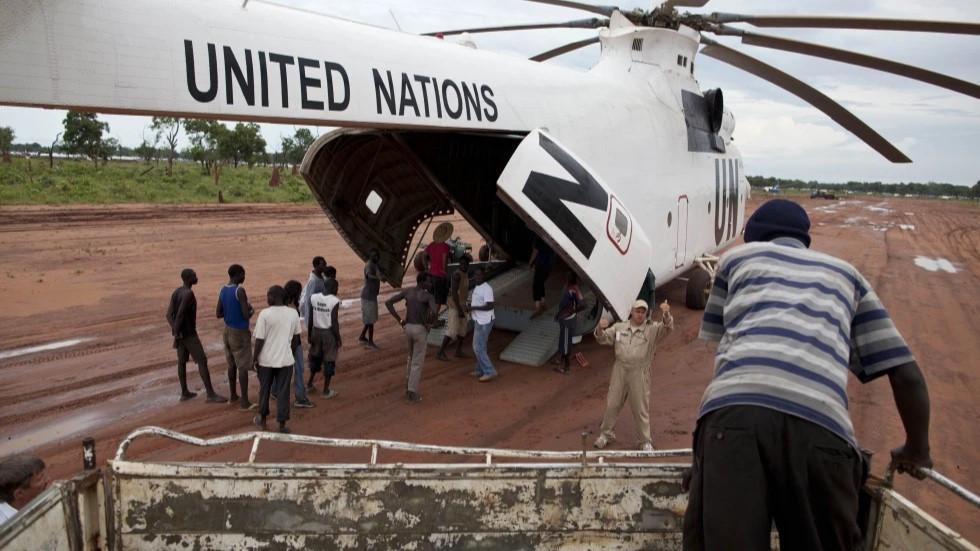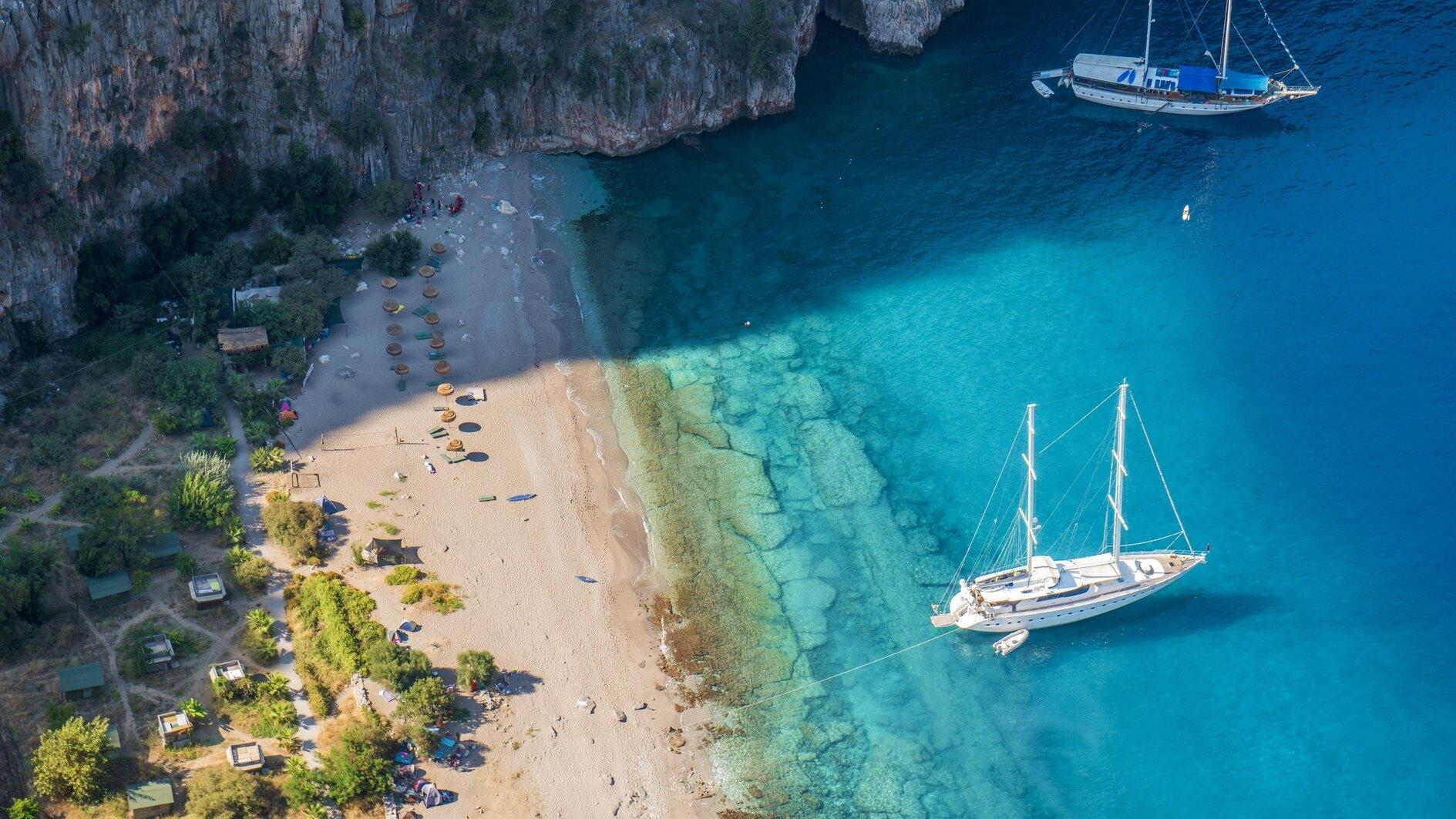Philippine rescuers search for quake survivors
MANILA-Agence France-Presse

Associated Press photo
Rescuers were fanning out across the central Philippines after a powerful earthquake triggered landslides, collapsed homes and killed dozens of people.The 6.8-magnitude quake hit a narrow strait between the heavily populated island provinces of Negros and Cebu around lunchtime yesterday with more than 200 aftershocks, some nearly as strong, causing further panic throughout the day.
A total of 43 people were reported killed, but government officials warned the death toll may rise, with dozens of people said to be injured or missing and roads to mountainous areas impassable because of the landslides.
Telephone communications were also cut off, leaving information from remote regions unobtainable.
The worst-hit area appeared to be Guihulngan, a coastal city of 100,000 people in Negros, close to the quake's epicentre, where military authorities said 39 people had been confirmed killed.
Police said most of the victims had died as landslides buried homes, while others died in the earthquake itself.
"Some private homes collapsed along with our court house and parts of the public market. We got people out of the buildings but we could not evacuate the homes," police chief Senior Inspector Alvin Futalan told AFP.
Power outages were said to be widespread in Negros, where bridges and other vital infrastructure had been damaged.
The military commander in Guihulngan, Colonel Francisco Patrimonio, said authorities had had to contend with looting as well as rescue efforts.
"Looting is now rampant in Guihulngan which forced us to commit (more troops) with the Philippine national police," he said Monday.
Cebu, the Philippines' second biggest city with 2.3 million residents and a popular tourist destination, was 50 kilometres (31 miles) from the epicentre and shook violently during the tremor but no deaths were reported in the city.
The Philippines sits on the Pacific "Ring of Fire" -- a belt around the Pacific Ocean where friction between shifting tectonic plates causes frequent earthquakes and volcanic activity.
















